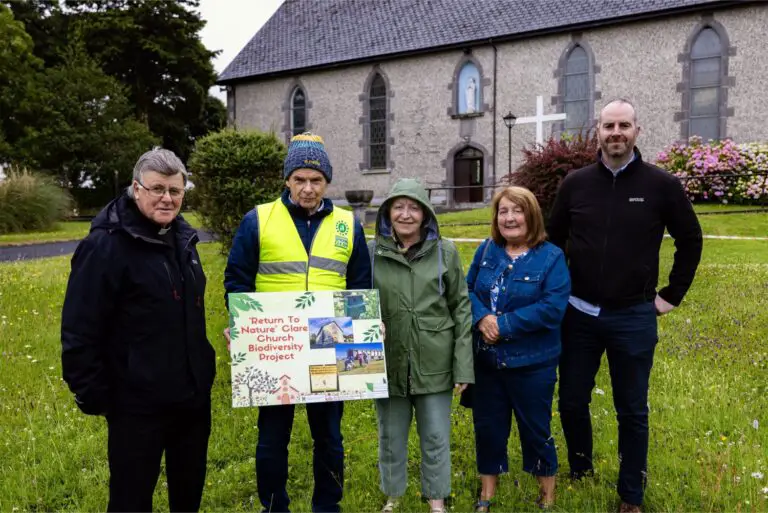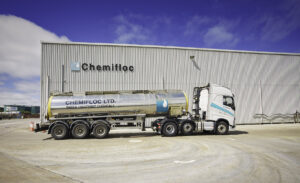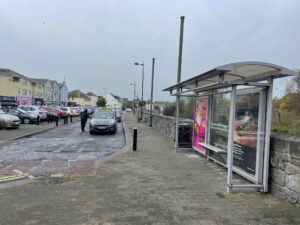Fr Martin Shanahan with Inagh Tidy Towns members Ray O’Shaughnessy, Eileen Ryan, Angela Malone and Clare County Council’s Biodiversity Officer, Barry O’Loughlin (Photo Credit: Rocket Science Media).
TEN CLARE parishes are playing their part to carry out biodiversity actions on twelve church grounds across the county.
‘Return to Nature Clare Church Biodiversity Project’ is led and funded by Clare County Council with funding also from the Local Biodiversity Action Fund administered by the National Parks and Wildlife Service (NPWS).
In 2023, the Irish Bishops’ Conference agreed on a policy that parishes would return 30% of church grounds to nature by 2030. In September of last year, Clare County Council’s Biodiversity Officer Barry O’Loughlin gave a presentation of the potential biodiversity actions that could be undertaken on church grounds in Clare to Jane Mellett of the Laudato Si’ Working Group and the Bishop of Killaloe, Fintan Monahan.
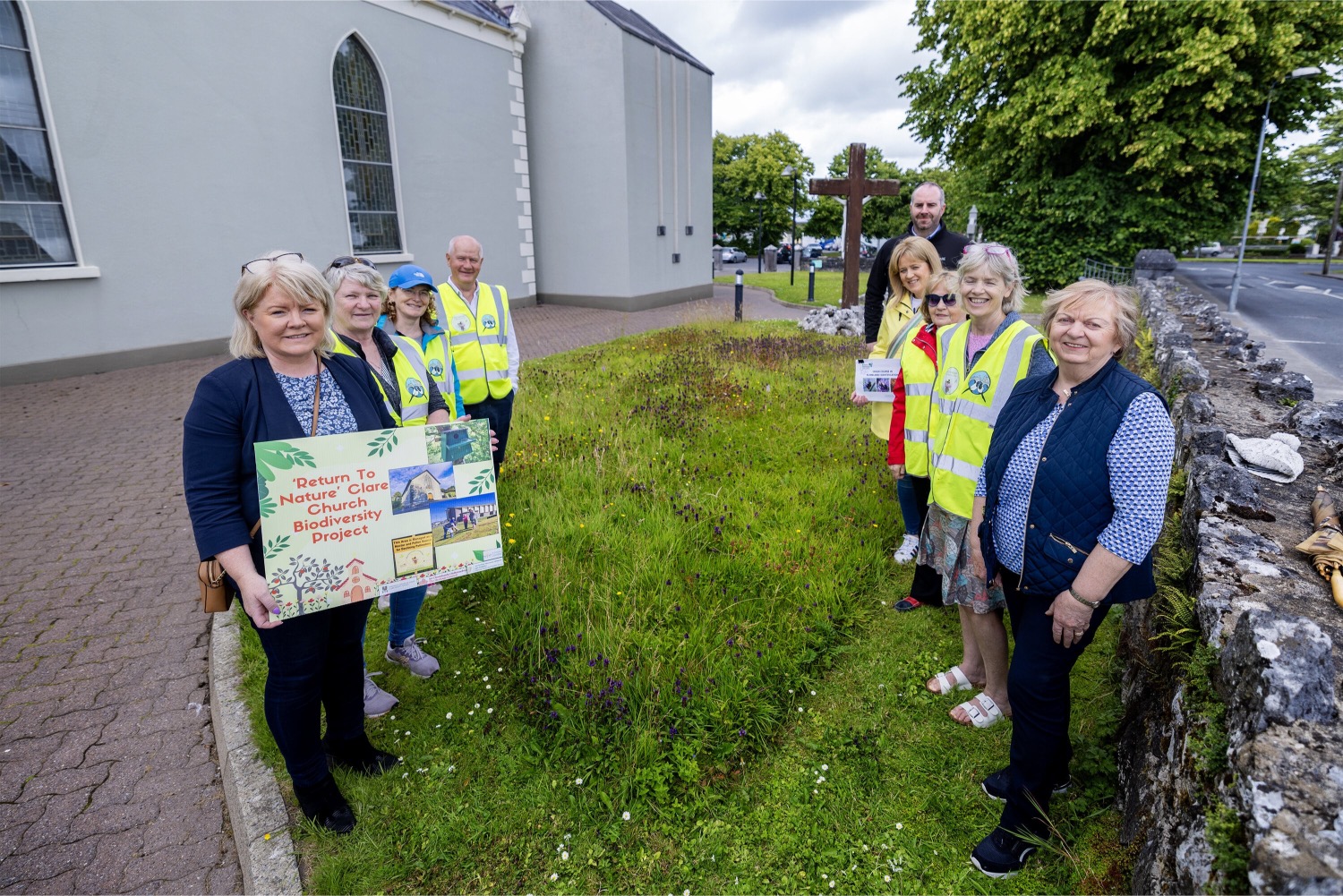
As a result, Clare County Council worked with the Diocese of Killaloe and signed up ten parishes to the Return to Nature Clare Church Biodiversity Project through the diocesan network. They are, Broadford; Clarecastle; Kilmaley; Inagh/Kilnamona; Mullagh; Cooraclare; Miltown Malbay (including Moy); Kilkee; Kilrush; and Killimer.
Under the project, a local parish priest is linked with community members to deliver biodiversity actions on church grounds, which include: installing nest boxes for barn owl and swift (both species experiencing national population declines); developing and implementing a pollinator plan for each church yard; erecting bat roost boxes on trees; installing bird tables and bird feeders; planting pollinator friendly fruit trees; erecting other bird boxes for robin and spotted flycatcher; and erecting pollinator friendly signage.
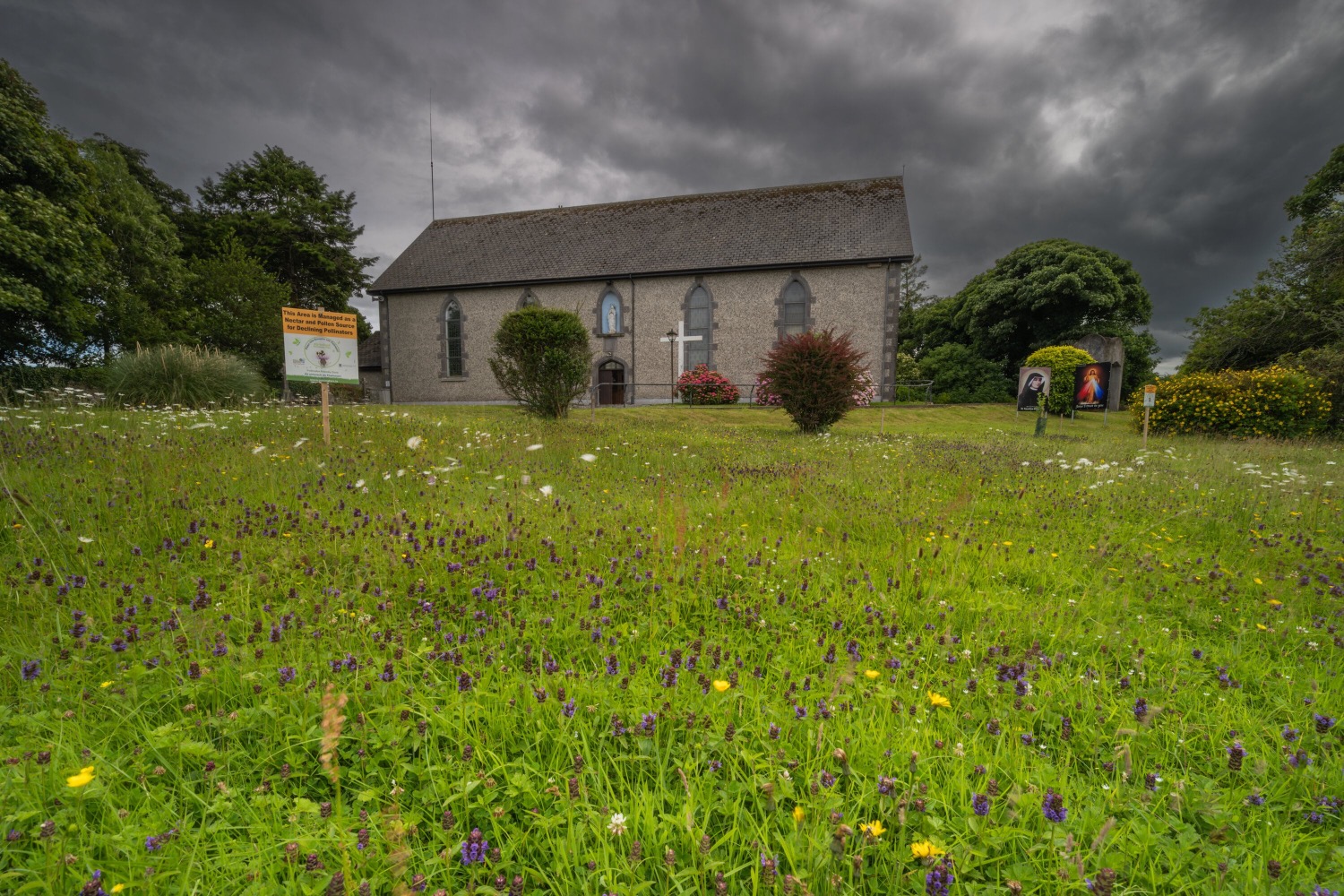
Parishes involved and Clare County Council continue to work with: BirdWatch Ireland; the NPWS; Ennis Men’s Shed; Irish Seed Savers; the All-Ireland Pollinator Plan; Tidy Towns Groups; local farmers; and local schools in delivering these actions.
Proactive efforts have been visible thus far, O’Loughlin outlined. “The church is one of the main focal points of every town and village in the country and our project in Clare has heightened awareness of biodiversity by introducing this approach within church grounds, which are central to community life. Across the ten parishes communities have been hugely proactive and involved in every step of the process. Already there is interest in the biodiversity officer network working on a similar project in other counties”.
“We are already seeing wildflowers such as oxeye daisy, common spotted orchid, hawksbeard and self-heal return on uncut sections of church lawns. The seeds of these wildflowers have been there this whole time, they just needed the right management measure to establish,” Barry added.
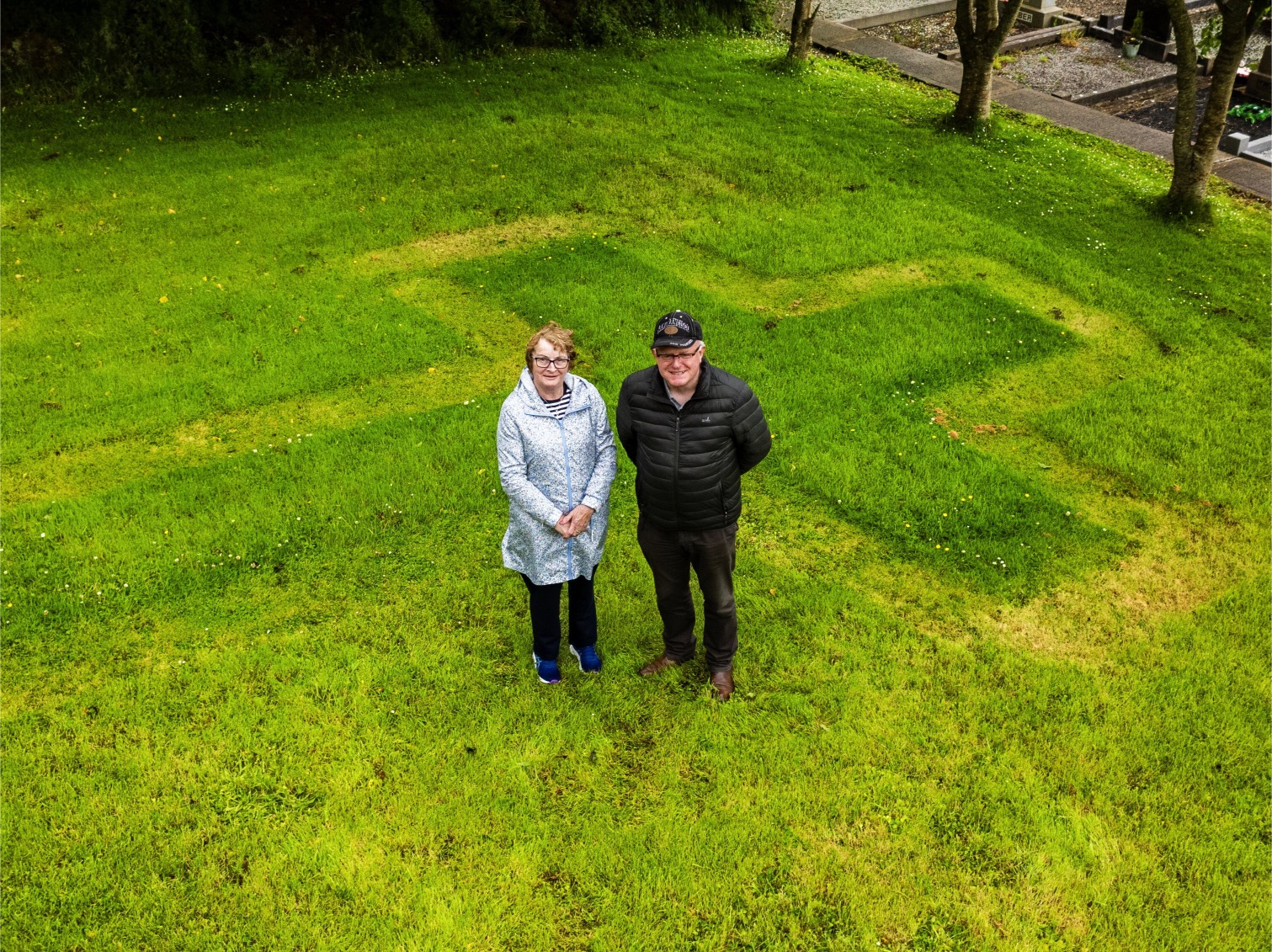
Local communities and priests have been informed and upskilled on biodiversity as part of the project. BirdWatch Ireland provided training and information on the ecology of barn owls and swifts and also helped with the installation of nest boxes, with many barn owl nest boxes being installed on lands of a neighbouring farmer in proximity to the church grounds. Dr Tina Aughney provided training on bats, with some of the events coinciding with National Biodiversity Week including Irish Seed Savers providing three training sessions on native orchard tree planting on church grounds.
Fr Anthony Casey, Parish Priest of Cooraclare, said, “The very practical information and support we received from the Return to Nature Clare Church Biodiversity Project has encouraged us greatly. We are already extending the variety of flowers and trees, to enhance even further our promotion of biodiversity in the church grounds”.
Pollinator training was also provided by Giorria Environmental Services, which involved developing a pollinator plan for communities to implement so that every church could be managed to help boost pollinator populations. Parishes developed a small wildflower meadow on church grounds, planted pollinator friendly bulbs and herbs which links in as a faith community action of the ‘All-Ireland Pollinator Plan’. County Clare is one of the last refuges for the rare bumblebee, Shrill Carder Bee.
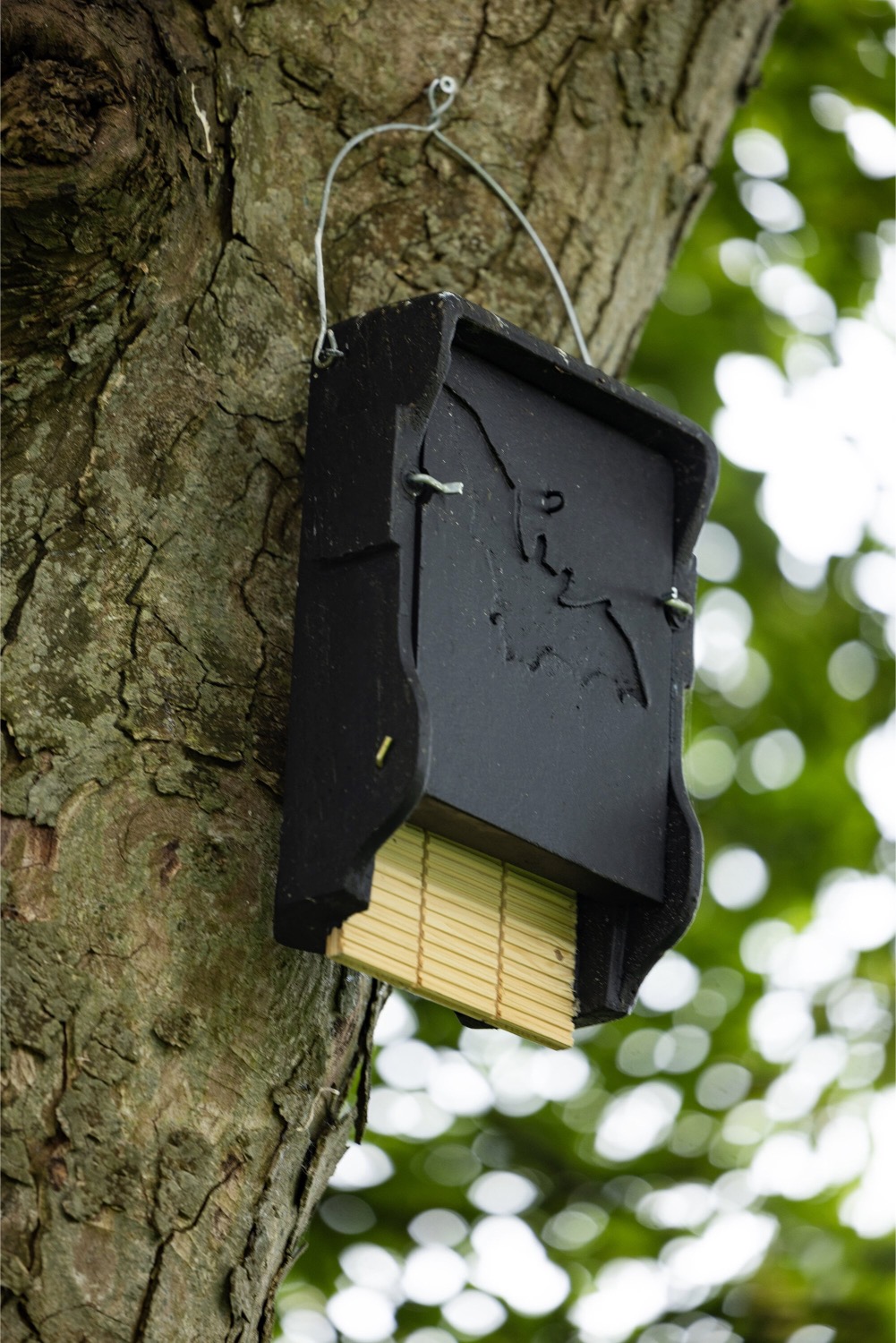
Mike O’Connor of Inagh Tidy Towns commented, “We got really involved in the biodiversity project in Inagh Church grounds with our parish priest, Fr Shanahan. We installed bat roost boxes and swift and barn owl nest boxes. We also had Minister Malcolm Noonan and Senator Garvey visit the church grounds. It has been a great journey in our first year working with Barry and Clare County Council”.
It is hoped that the project will encompass wider elements of the community such as linking in with local schools and groups to carry out citizen science initiatives such as Flower Insect Timed Counts and to monitor wildlife taking up residence on church grounds.
“I am very heartened to see the interest and enthusiasm at parish level for the work in promoting the Return to Nature Clare Church biodiversity project. The partnership, synergy and co-operation between the parishes, Clare County Council, the Episcopal Conference Agency and Trócaire have been most productive,” added Bishop Fintan Monahan.

